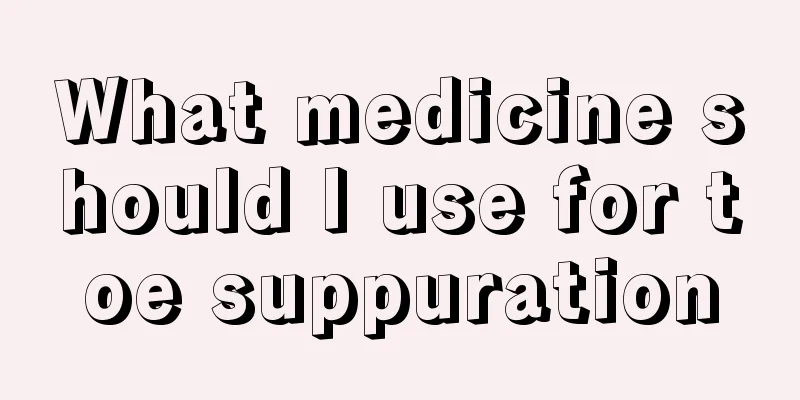What are the correct steps for CPR?

|
The heart is the most important organ in the human body. With age or heart disease, it is easy to cause the heart to stop beating or suffocate instantly. CPR will keep the heart beating to maintain life. You can start with artificial respiration or heart and lung compression. Steps of CPR Step A Lay the patient flat on a flat surface. The first aider usually stands or kneels on the patient's right side, puts his left hand on the patient's forehead and presses back hard, puts his right fingers on the edge of the jaw, and lifts the head upward and forward. Notice Ask the patient to tilt his head back so that the axis of the patient's mouth and throat is in a straight line to prevent the tongue from blocking the airway opening and keep the airway open. Step B Mouth-to-mouth breathing, also known as artificial respiration. The rescuer presses down the jaw with his right hand to pry open the patient's mouth, pinches the nostrils with the thumb and index finger of his left hand, seals the outside of the patient's mouth with his lips, and uses moderate force to blow 800 ml of air 12 times per minute to perform the rescue. After one breath, the rescuer raises his head and takes a deep breath, while releasing his left hand. Continue with the previous step for the next insufflation until the patient has spontaneous breathing. Notice The insufflation should not be too strong or last too long to avoid acute gastric dilatation. At the same time, observe whether the patient's airway is unobstructed and whether the chest cavity is inflated. Step C External chest compressions. The rescuer is on the right side of the patient, with the base of his left palm placed on the lower part of the sternum on the patient's chest, and his right palm pressed on the back of his left hand. The fingers of both hands are raised without touching the patient's chest wall. He stretches his arms without bending his elbows, and presses down with his shoulders to create pressure, pushing the sternum down 4 to 5 cm (1 to 2 cm for children). Notice The pressure should not be too low to avoid damaging the liver, stomach and other internal organs. The pressure should be appropriate. Too light will not be enough to promote blood circulation; too heavy will cause sternum fracture and lead to pneumothorax and hemothorax. Step D Steps B and C should be performed simultaneously. After 30 compressions, perform two artificial respirations. Usually a rescue cycle consists of three rounds, that is, 90 compressions and 6 artificial respirations. After 30 minutes of rescue, if the patient's pupils shrink, he or she can breathe independently, his or her heartbeat recovers, and cyanosis disappears, the resuscitation can be considered successful. Conditions for terminating cardiopulmonary resuscitation: spontaneous breathing and pulse have been restored; medical personnel have arrived at the scene; after one hour of cardiopulmonary resuscitation, the victim's pupils are dilated and fixed, and the heart beats and breathing do not resume, indicating brain and cardiac death. |
<<: Is there any good way to solve tinnitus?
>>: What are some traditional Chinese medicines that can soothe the liver and relieve depression?
Recommend
Wake up several times a night
Many people wake up frequently when they sleep at...
How to heat breast milk? Methods of heating breast milk
Breast milk is the best food for babies and canno...
Can hamartoma be cured by taking medicine
There are many patients with hamartomas. After di...
Can a minor fracture heal on its own?
There are many types of fractures, and the treatm...
How many weeks of pregnancy can be checked by B-ultrasound
B-ultrasound is a very good technology for hospit...
What are the early symptoms of nasopharyngeal carcinoma
In the early stages of nasopharyngeal cancer, sym...
What can't you eat after bladder surgery
After undergoing bladder surgery, people must not...
Acclimatization is a disease
When some people go to a foreign country, they wi...
What foods are better for asthma?
Asthma is a common respiratory disease, a recogni...
5 key points for early diagnosis of laryngeal cancer
Laryngeal cancer is a malignant tumor originating...
Remove forehead wrinkles, these tips can help you
As we age, wrinkles will gradually appear on our ...
The difference between dysentery and diarrhea
Diarrhea is caused by eating unclean food and get...
For the treatment of localized scleroderma, drug therapy is the most common
Localized scleroderma can cause the skin to harde...
What to do if gums and teeth are loosened
There are many reasons for the loosening of gingi...
Will nasopharyngeal cancer cause cold hands and feet?
Will nasopharyngeal cancer cause cold hands and f...









